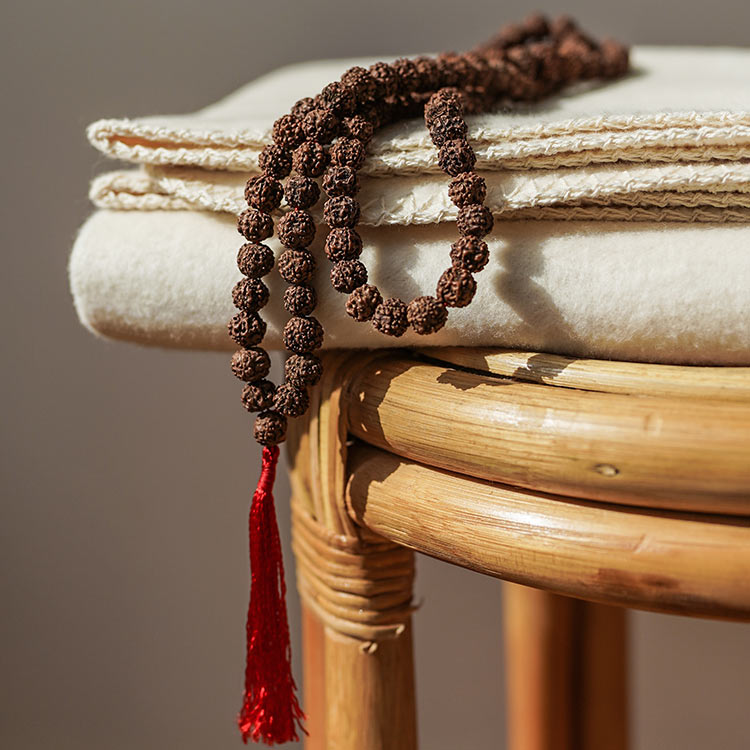Yoga in the hospital
by Nick on Apr 28 2016
 Yoga in the hospital
Yoga in the hospitalWhether short-term or long-term, anyone in a hospital is completely out of their daily routine. Of course, it depends largely on the type of illness whether, for example, they can still make phone calls or work with a tablet or laptop. Self-employed people are particularly hard hit, as their professional existence can be at risk if they have long-term illnesses that can't be treated at home. But what should yoga look like in a hospital?
We keep coming back to these simple training units because they don't require any training equipment such as a mat , have a huge impact, can be used practically anywhere and in any situation, and can be stopped immediately if interrupted. In hospital, interruptions include rounds, visitors, examinations, and more. At the same time, the breathing exercises don't bother anyone, and they can be carried out almost unnoticed. Most people, especially sick people, are far too preoccupied with themselves to pay particular attention to whether their neighbor is doing breathing exercises; and if they are, it's no big deal - just in case you're feeling a bit embarrassed. Simply explain to your neighbor what you're doing; this might even encourage them to try it themselves. Breathing exercises ground and calm you: two very important aspects when someone is in hospital!
Simply concentrating on your breathing calms your nerves and takes you out of a stressful situation. Lie on your back and simply breathe evenly through your nose (keeping your mouth closed). Let your mind be completely focused on this natural process: inhale, exhale, inhale, exhale... Don't change anything, just pay attention. You'll see how your breathing soon becomes more even. If you were very agitated before, you'll initially breathe through your mouth. This is fine, but try to gradually move to breathing purely through your nose.
- Go one step further and breathe deeply in through your nose and exhale slowly through your mouth. If you're alone in the room, you can quietly hum the letter S as you exhale; this will increase the calming effect.
- Now breathe through your nose again; first into your lungs, then into your belly with the next breath, then back into your lungs, and so on. After a while, incorporate flank breathing—that is, the sides of your chest—between lung breathing and belly breathing.
Breathing exercises can always be incorporated, even if your roommates aren't sleeping. Both children and adults can use them to calm themselves. The right accessories also add variety and simply feel good: How about a neck pillow for support while reading? Or the familiar children's blanket , which also serves as a comfort blanket to combat loneliness? Parents are often there with young children, but older children have difficulty lying alone in the hospital, especially at first.
Mudras can also be performed in bed; these are various small exercises that we recently reported on. You can practice with your eyes, tongue, and fingers. All training sessions, whether with the breath or as mudras, ensure that you focus on something other than your illness, blood and X-ray results, or the next examinations; and this is good for your inner balance, which is affected for most people during a hospital stay. If you're alone in the room, you can even do some standing yoga exercises, but most patients are afraid that someone might come in at any moment and therefore lack concentration. Instead, we recommend light exercises in bed, if possible. Here are two simple examples:
- Tense all your muscles and then relax. Try this with individual muscle groups as well.
- Move your feet and toes as much as possible, because lying down for long periods of time is not good for your veins.
Patients with a private room can practice unobserved and have less fear of their valuable equipment suddenly getting "feet." They can bring meditation cushions or simple exercise mats . With a mini cushion, you can sit in bed and perform exercises while standing on a simple exercise mat.
Image © luismolinero / 123rf.com
Share


